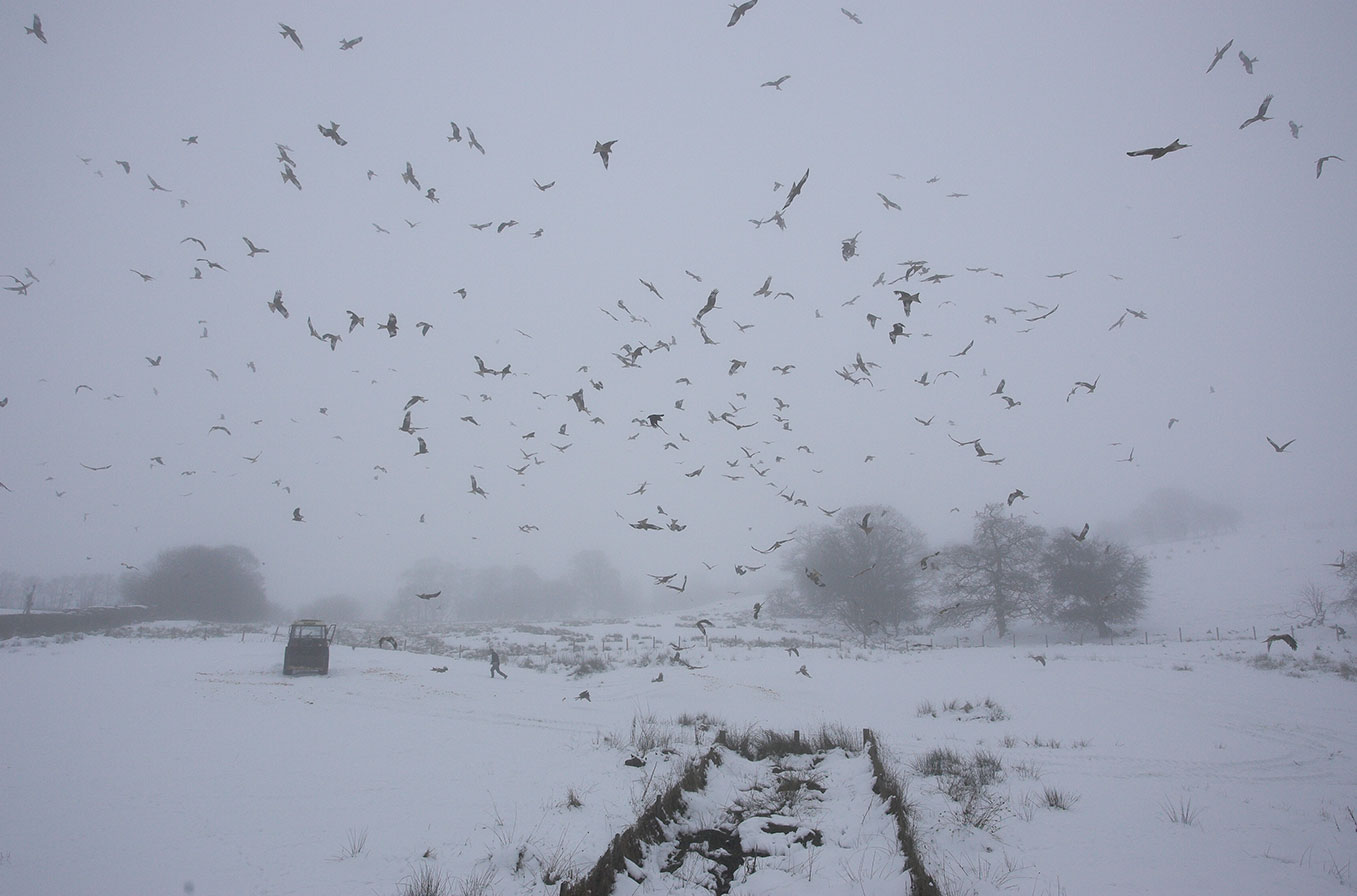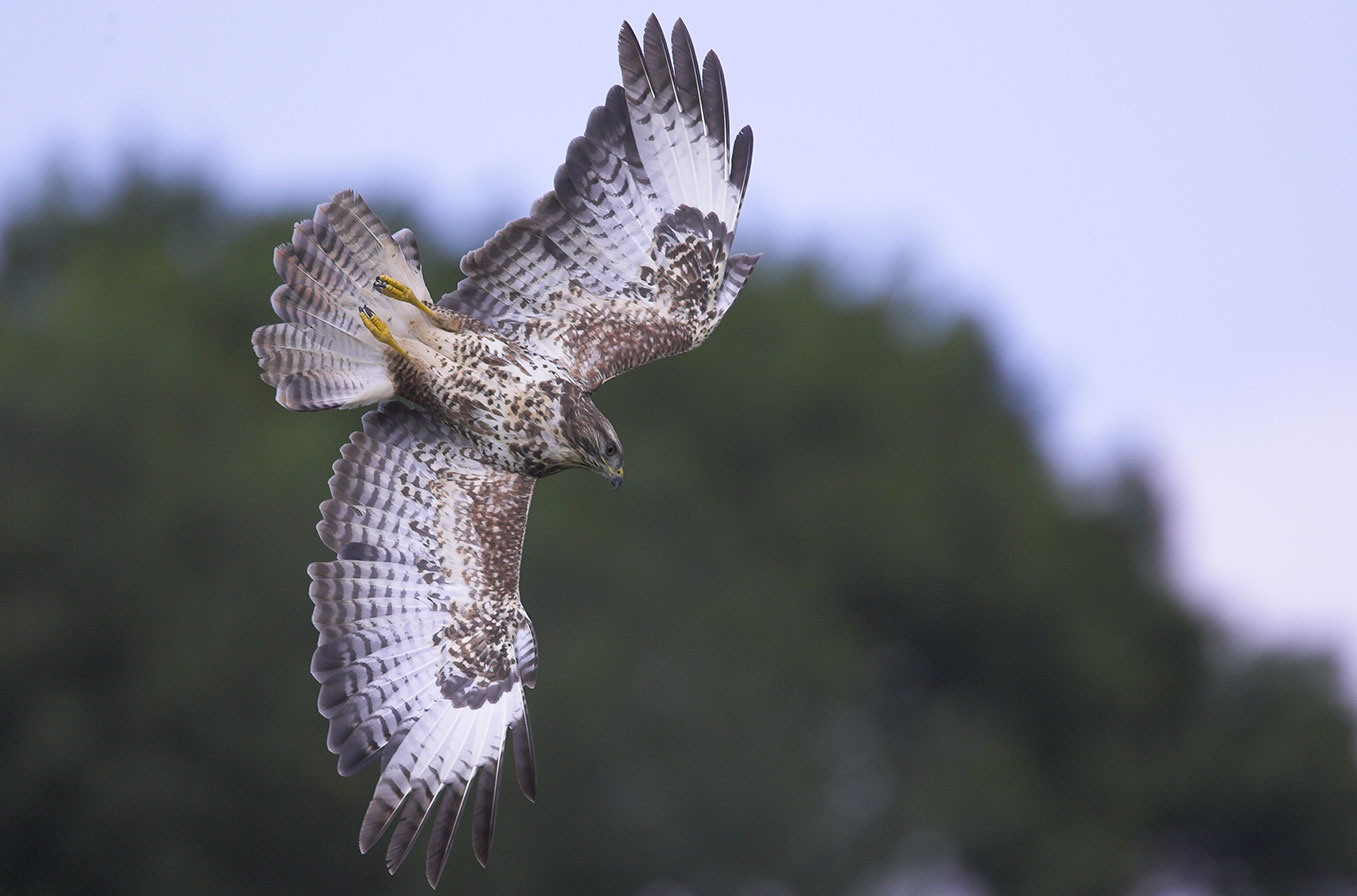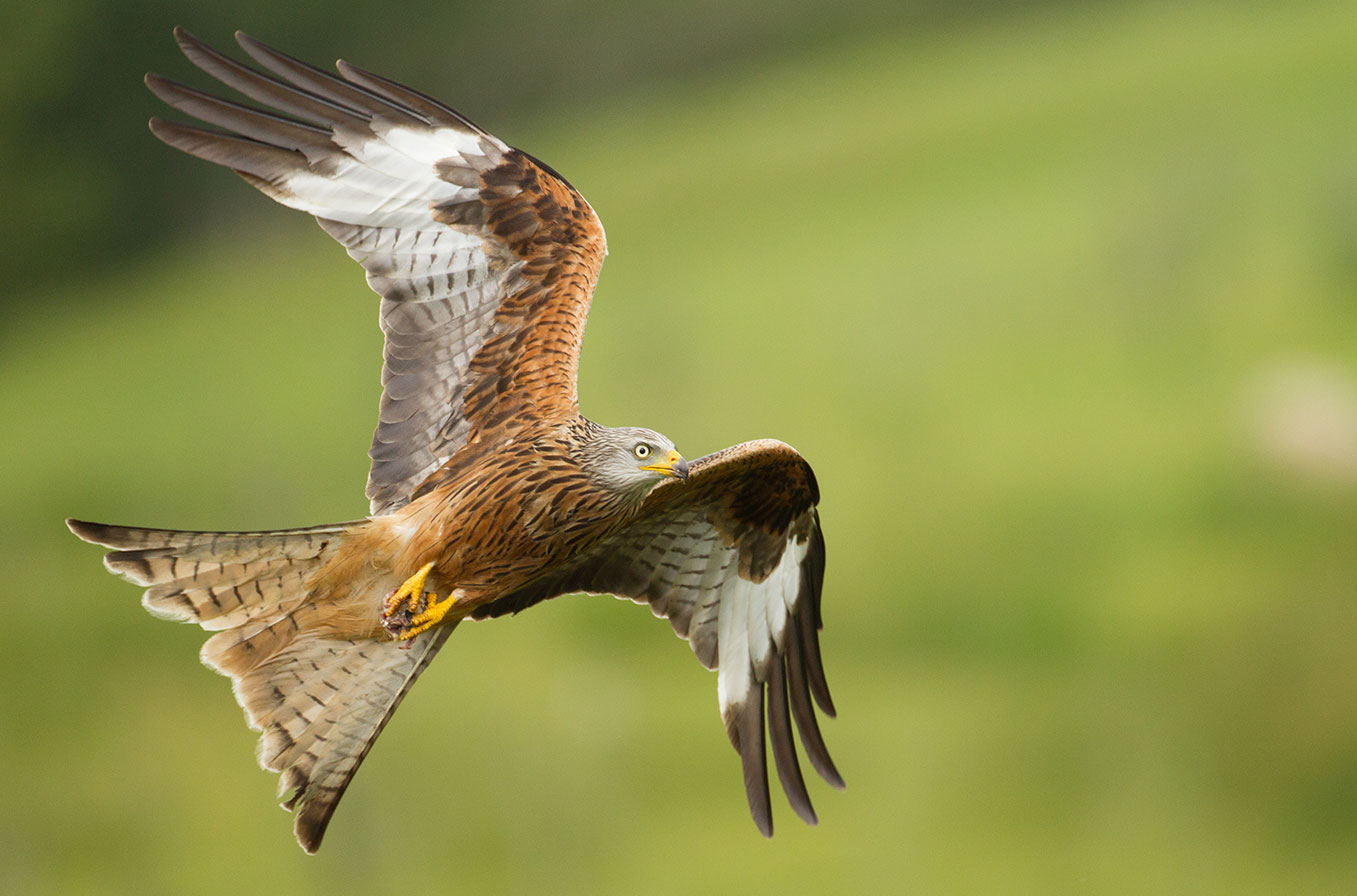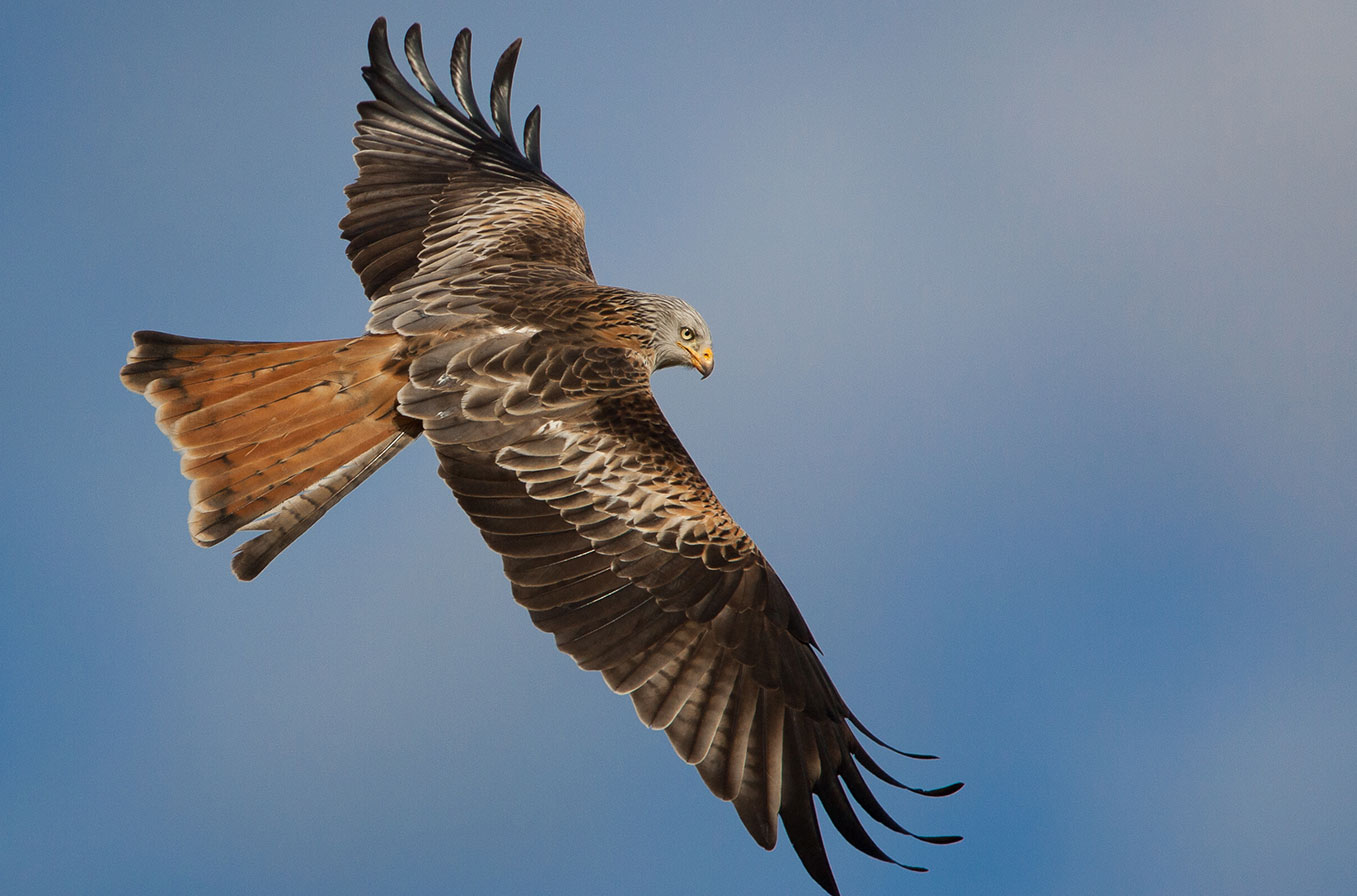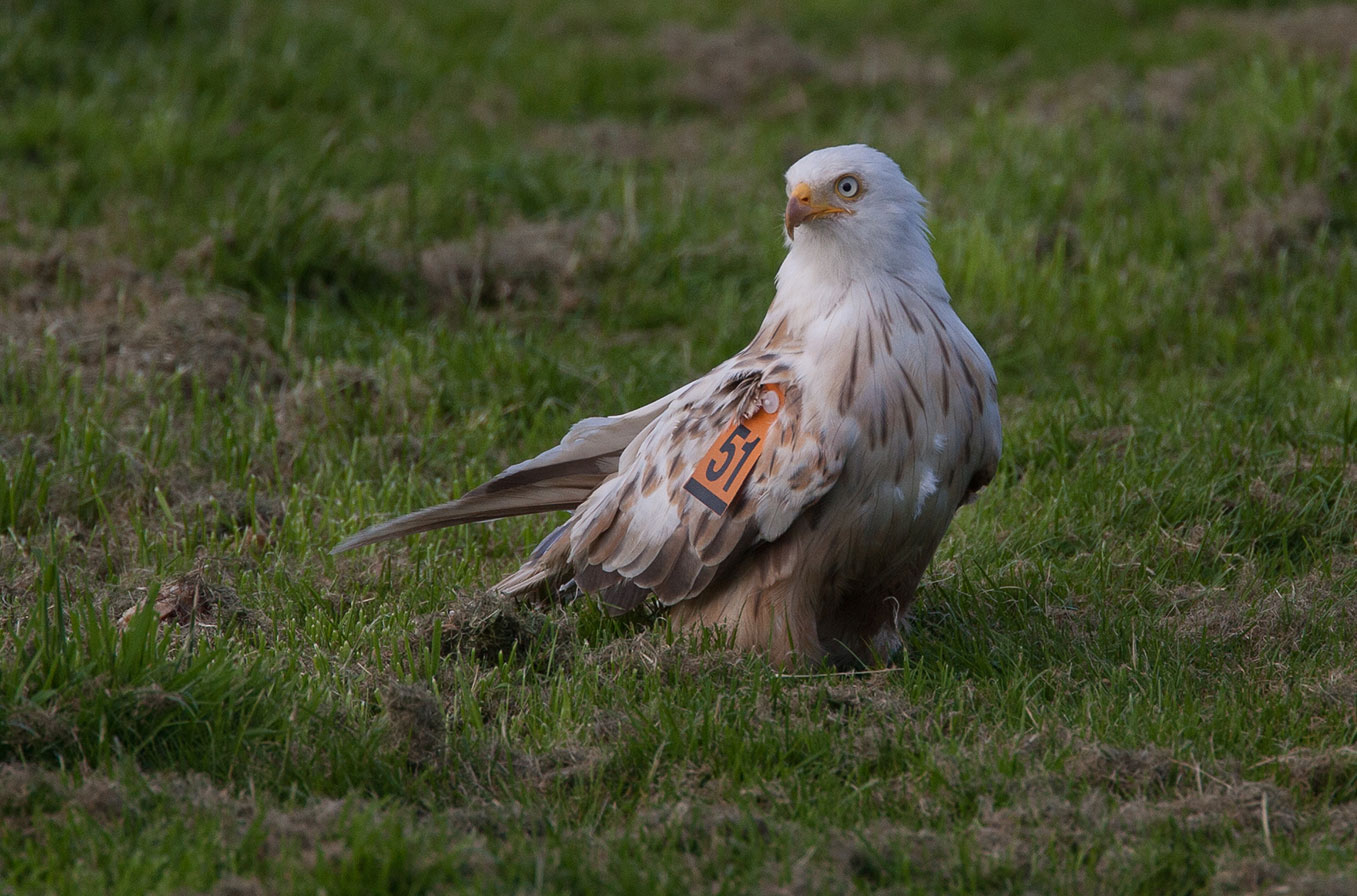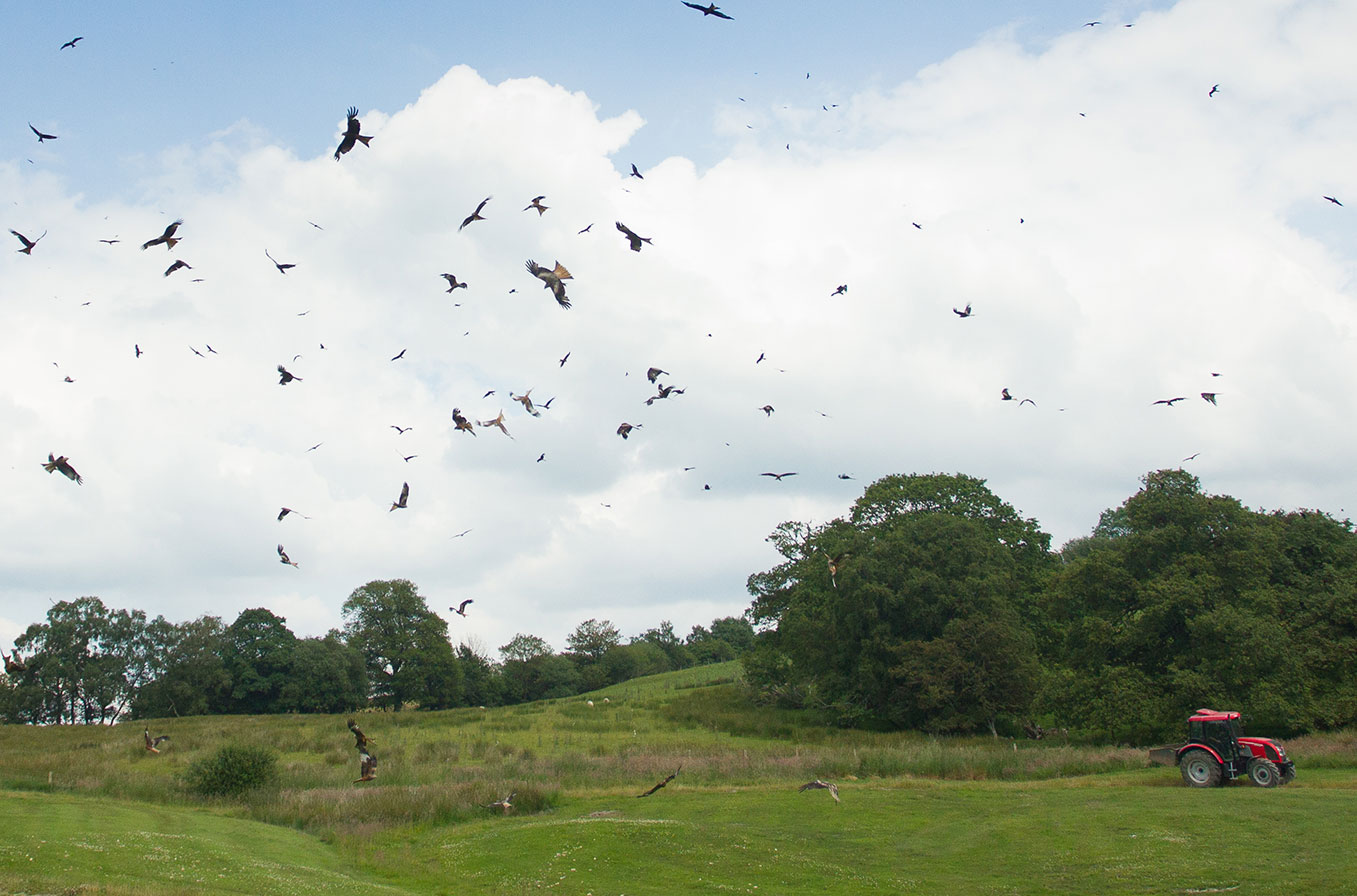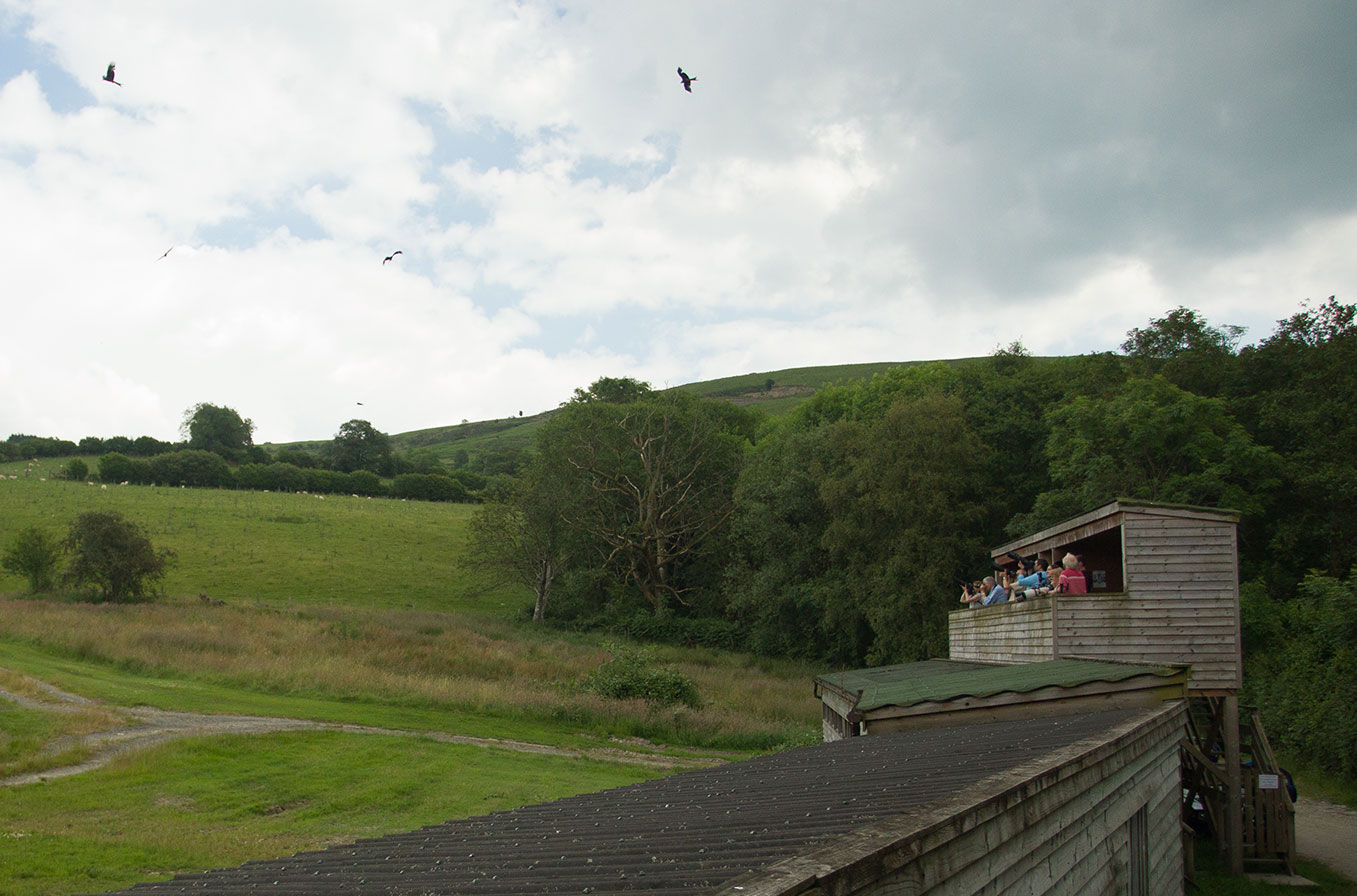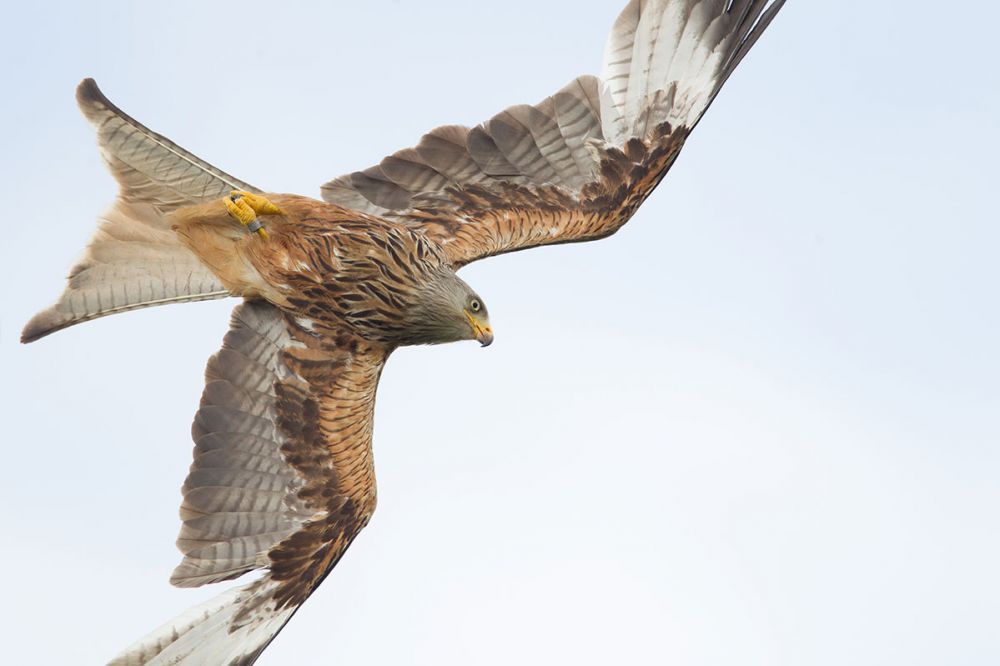
GIGRIN FARM, THE BEST PLACE TO SEE RED KITES?
25 years ago it was the only place to see red kites, now they are everywhere but for Wildlife Photographer Nick Martin Gigrin Farm is the original and still the best.
“What if people live in the East or South of England?” the producer growled. In the late 90s, I was fortunate enough to spend some time at the BBC Natural History Unit and this one week we were running a feature on Red Kites. My job was to piece together a fact file including where to see kites in the UK. This didn't take long as, apart from a secret few released in the Chilterns, there were only kites left in Mid Wales. This didn't impress the producer (although she would soon move on to work on the clothes show) but back then to see kites you had to be in Wales and Gigrin Farm was the place to go. Skip forward 20 years and several successful reintroductions and you can see red kites in every county in the UK. I have even added them to my garden list in Solihull. Despite their wide coverage though (the producer would be pleased) in my opinion to enjoy the greatest spectacle of red kites you still have to visit the now famous Gigrin Farm and it should be on every wildlife enthusiasts bucket list.
The worse the weather the more numerous the kites!
Red kite feeding at Gigrin Farm began 30 years ago when the late Eiffryn Powell and his son Chris (who now runs the farm) began to lay out rabbits for the handful of kites and ravens that visited the hills. At that time kites were in dire straights with numbers teetering at only a few pairs. The farm was encouraged by the RSPB to welcome people to see the kite feeding and set up hides. So impressed were visitors that people come from far and wide and it has become a thriving visitor attraction with several hides, walking trails, a cafe and visitor centre.
Feeding takes place each day at 2pm in the winter and 3pm in the summer. The farm is closed Thursdays and Fridays during term times but days may vary so check the website before you travel. Pre-booking to see the kites from the main hides is not necessary but get there early to ensure a good seat especially if you are part of a group that want to experience the spectacle together. Photographic hides do need to be booked in advance and some can be booked out many weeks ahead so get your place sorted early.
Buzzards are one of them many species drawn to the feast.
From the tower hides it is easier to get green backgrounds instead of hoping for blue sky.
Amazingly there are often very few kites to see before the feeding time but when the tractor comes into the field loaded with beef they materialise from all around and very quickly the sky can be filled with wheeling birds. The feeding frenzy continues for a while and then seems to quieten as the majority of the birds drift off. This is when most visitors leave but take it from me, its worth sticking around!
After a slight lull and once the crowds have gone kites will often resume feeding in numbers, this time though it is less frantic and photos can be easier to obtain. you may even be lucky enough to have a kite alight on the ground though this is rare and usually only peculiar to individuals. If you use the tower hides you may also be rewarded with some kites perched in the trees near by though this is usually only when most visitors have gone so you need to be patient.
Red kite
This leucistic kite was a frequent visitor to the feeding station but unusual in its tendancy to alight on the ground.
As well as the kites the farm attracts a great deal of other wildlife and buzzards, ravens and herons are regulars at the feast each day. Around the farm trails you may also find pied flycatchers, wood warblers and I have known redstarts to nest in the boxes at the back of the hides. These migrants are only to be seen in the spring and summer months but a visit to the farm at anytime will reward you and in the coldest of winter days the numbers of kites can be into the high hundreds.
It is well worth making a day trip of a visit and enjoy the visitor centre displays and treat yourself to something from the shop or cafe. Supporting the centre in this way also allows the team to continue their wildlife rehabilitation work so you can easily justify your big slice of cake!
There are numerous guest houses and small hotels around the area and Gigrin is easy to find on the A470 east of Rhayader the postcode for the farm is LD6 5BL and the car parking is accessed up the main farm track passing the Hotel on the right. Visit the Gigrin Farm website for more details and to book hides.
When the tractor with the meat is in the field the feeding frenzy can include several hundred kites.
Photo tips:
Don’t rush, the kites will fly around for hours so take your time to work out the best position, settings and technique. It becomes easier as the kites slow down after the main feeding rush so hang around. If there is any blue sky, try to get that behind the kites (this may mean looking for gaps in cloud) but if the sky is pale then you may need to over expose your shots to compensate and retain detail in the birds. Make sure too that you look for other images not just the kites flying. The buzzards are very easy to photograph and in cold weather there can be some great action too including the herons battling over food.
If you book one of the open fronted photographic hides you will be able to use your tripod, if you are in a viewing hide though this will not be possible often so it is worth having a beanbag to rest your lens on. The tower hides will make it easier to get more interesting backgrounds behind flying birds and also bringing them more within reach of shorter lenses. Anything from 300mm should provide some good portraits of flying kites. Be prepared to take lots of images and delete the many where the focus or position isn't right. With patience and technique you should be able to come away with images to be proud of.
